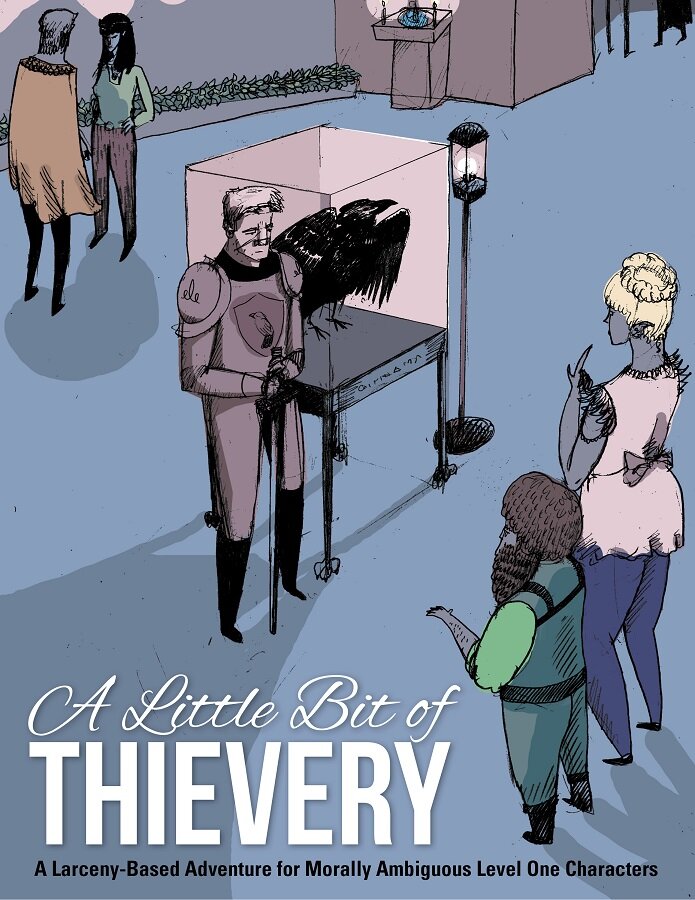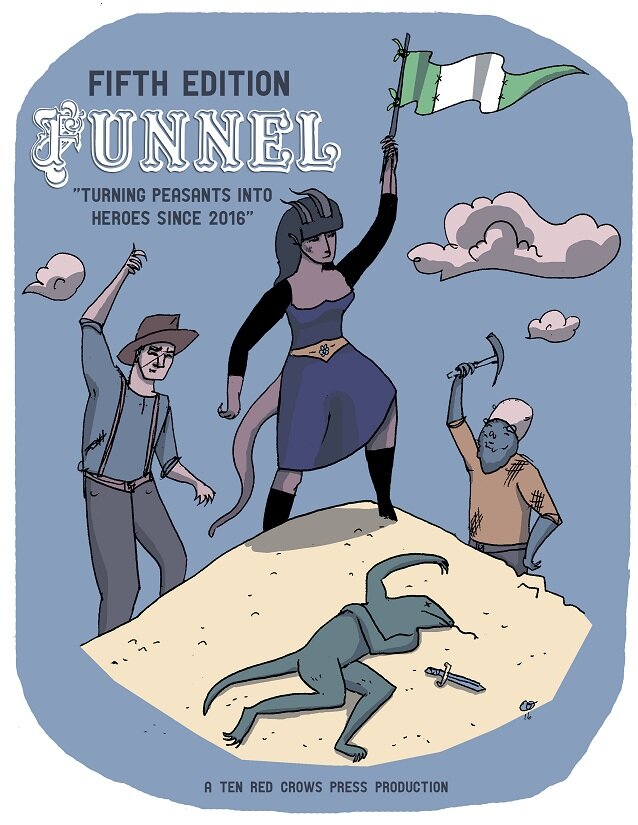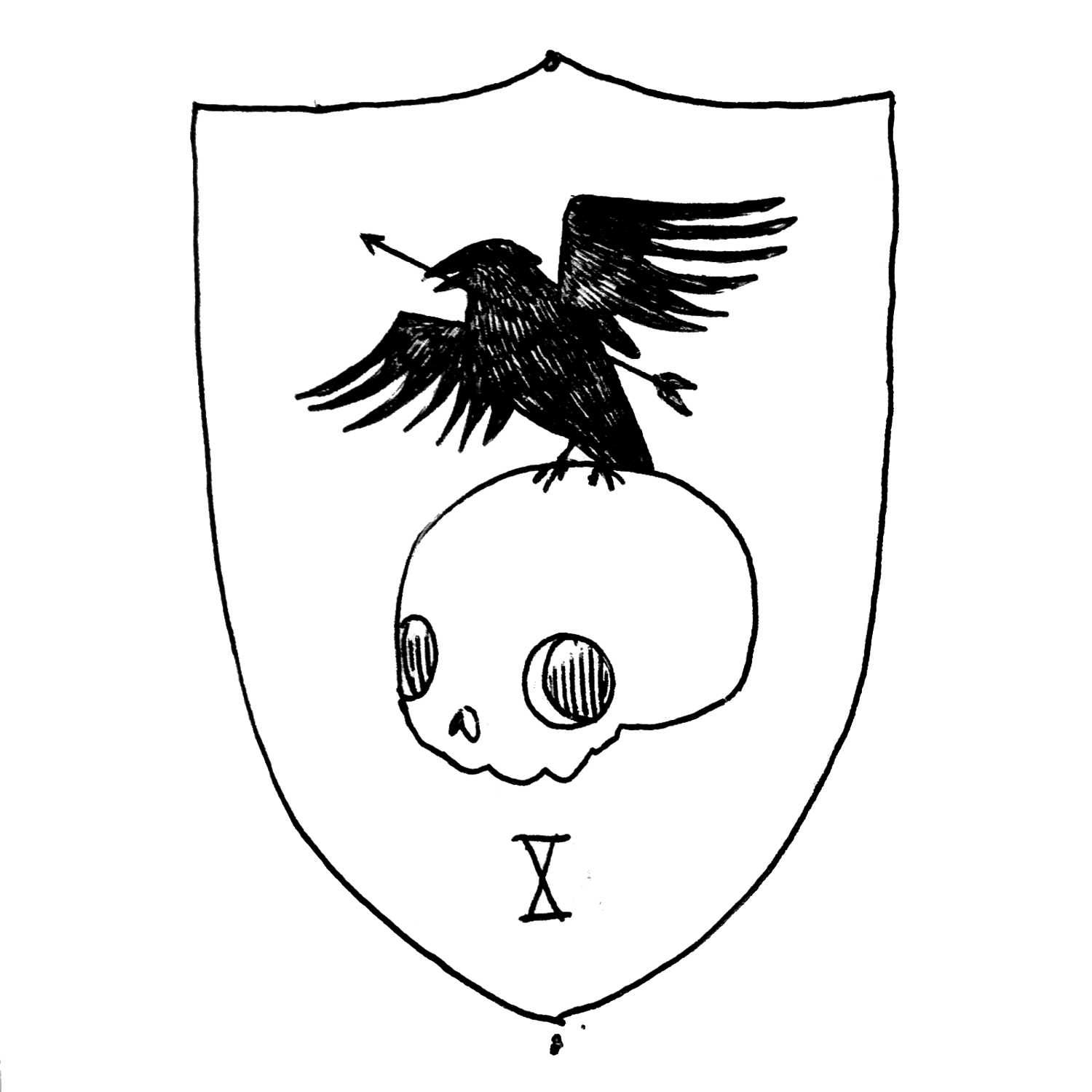Suggested Reading
Draggin' Through Monstrous Design Flaws by Joe Lastowski
The primary thrust of the above article is there are significant problems with D&D 5e monster design. The monsters are too uniform in their actions: they only target AC, they don't have defined roles, and everything feels stale when compared to combats in 4e.
This piques my interest, because these are the only two versions of D&D I have played. My personal opinion is that D&D 5e's combats are more exciting, but that may do more with my playstyle than any mechanical difference.
“Part of this is the system itself… with only one defense value (AC), the number of attack types are more limited than they were in, say, 4th edition, when the same attack became very different if it was targeting AC, Will, Fortitude, or Reflex, which added layers of strategy to how parties would approach certain foes. Now, unless you’ve got a spellcaster monster, EVERY ATTACK targets armor class [...].”
Do the monsters in 5e just target AC?
This is a really good question. At times, it certainly feels like it. After reviewing the DM Basic Rules, Lastowski notes that there is only one defensive value of AC, as opposed to the 4 in 4e: AC, Fortitude, Reflex, and Will.
However, some monsters in 5e have spells or spell-like abilities that directly attack a character's ability scores through saving throws. In fact, the vast majority these spell-like abilities target Dexterity, Constitution, and Wisdom... not unlike Reflex, Fortitude, and Will saves from 4e. This is probably by design to simulate the 4e defense system. In 5e, there are actually 7 defenses, all your ability score saves and your AC. Yes, a few monsters directly target charisma and intelligence*.
Testing this Theory
So I pulled out my Monster Manuals for 4e and 5e and compared them**. I took the relevant range of pages from each book, and put them into a random number generator and took 10 pages from each book. I simplified my searching, I only focused on direct attacks (spells or actions). Some attacks in 4e and 5e have secondary characteristics and those were ignored, as were grapples and knockdown effects.
D&D 5e
Total Monsters: 12
Those that attacked AC: 11 (92%)
Those that had an attack or spell that attacked Dex, Con, or Wis: 7 (58%)
D&D 4e
Total Monsters: 17
Those that attacked AC: 17 (100%)
Those that had an attack or spell that attacked Ref, Fort, or Will: 8 (47%)
So first off, this is totally unscientific. These are just ten random pages out of the Monster Manuals so take it with a grain of salt. But the tiny slices of data show in both editions, about 50% of the monsters can directly attack non-AC defenses. So it doesn't look like monster attacks in 5e are so one dimensional after all. I noted the monsters' non-AC attacks in 5e are a bit more subtle. The abilities directly attack a non-AC value, but don't directly do damage (e.g. fear, charm, et cetera). However, plenty still do damage.
Just for fun, I went through the first 75 pages of the D&D 5e Monster Manual and the pattern basically holds: about half of the monsters can directly attack non-AC defenses. It's possible, as an incentive to buy the monster manual, that the DM Basic Rules have far less interesting monsters.
What about encounter building?
I'm going to step out on a limb and argue that the monster selection and encounter design in D&D 5e places a bigger burden on the DM than in 4e. Growing pains are bound to occur.
In 4e, you had a very limited selection of monsters that you could use at a given time. The monsters had to be near the party's level, and each monster had a specific role it handled (e.g. leader, brute, minion, et cetera). This made building interesting encounters easier. There were even encounter templates in the 4e Dungeon Master's Guide and suggested encounters in the Monster Manual.
We don't have that now. 5th edition monsters don't have roles, and monsters can still be viable as the characters gain levels. The DM has to basically balance all of this out, we are going to have to decide if 20 goblins make a good encounter or not. Does your party have a low AC? Then it's a challenge. If they have magic armors, you better look elsewhere. But, again, that is a decision for the DM to make.
When you play in Adventurer's League or run a module word for word, you don't really have the option to build or change the encounters so I get one might feel stuck.
More Questions
Unfortunately, this tiny analysis (even assuming it's correct) doesn't solve anything. Lastowski's article isn't alone and the feelings are clearly genuine. But if it isn't a monster's direct attack, what is it? Is it just an adjustment period or is something fundamentally wrong?
Are 5e monsters boring for you? Are they more exciting? Did I get it right or wrong? Did you go through each entire monster manual and compare? Leave a comment!
*I found four monsters in the Monster Manual that directly attack intelligence or charisma: The fomorian, ghost (during possession), intellect devourer, and mind flayer. The fomorian has a direct attack that forces a charisma saving throw, and can magically mutate your players. Woe to characters who dump charisma. My homebrew Baneguard and Sanguine Orcs along with the intellect devourer, and mind flayer attack intelligence if you need to beat down some fighters.
**What a fun/sad Thursday night. Comment by a friend "you're a dork, and that's OK"



